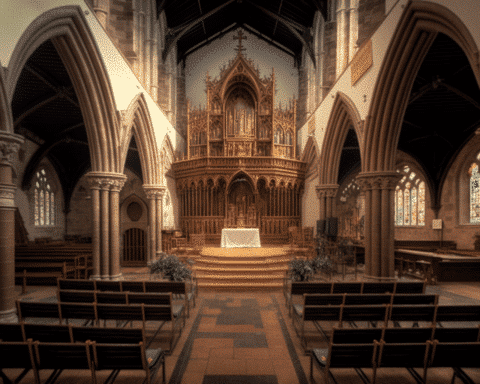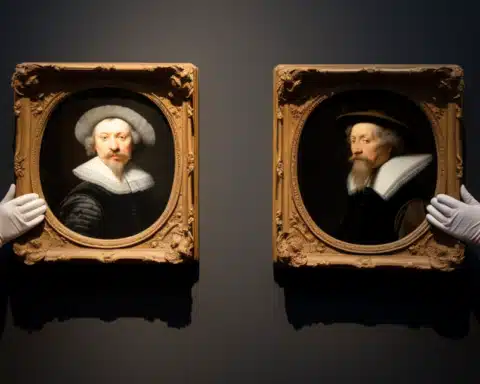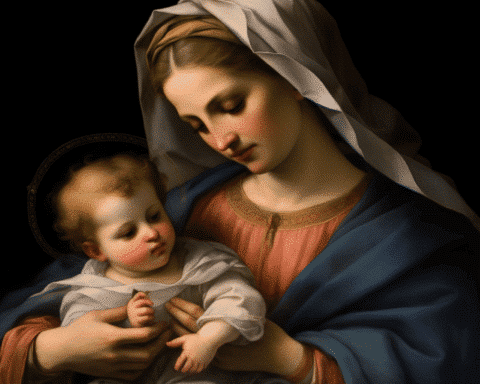An astonishing revelation: a painting discovered by a junk dealer in an Italian villa basement more than 60 years ago has been identified as an original Pablo Picasso. Experts believe the artwork could be worth millions, marking the end of a decades-long journey for the family that unknowingly held onto the masterpiece.
A Serendipitous Find in a Forgotten Basement
In 1962, Luigi Lo Rosso, a junk dealer from Pompeii, Italy, stumbled upon what would turn out to be a hidden gem. Searching through abandoned houses and landfills for items to sell at his family’s pawn shop, Lo Rosso discovered a rolled-up canvas in the basement of a villa on Capri, an island off the Italian coast.
The painting featured a distorted image of a woman, a style signature of Pablo Picasso. “At just 24, Lo Rosso didn’t realize that the signature in the upper left corner that read simply ‘Picasso’ meant anything,” shared Andrea Lo Rosso, Luigi’s son, in an interview with CNN.
The Forgotten Masterpiece: A Family’s Keepsake
For over 50 years, the painting, nicknamed “The Scribble” by Lo Rosso’s wife due to its unusual style, hung in their home. Andrea Lo Rosso explained, “When mom hung it on the wall to decorate the house, renaming it ‘the scribble’ due to the strangeness of the woman’s face depicted, I wasn’t even born yet.”
Despite the lack of initial recognition, one of the painting’s key characteristics was its depiction of French photographer and poet Dora Maar, Picasso’s lover. Luca Gentile Canal Marcante, an art expert, confirmed that the asymmetrical style and use of colors in the painting were hallmark elements of Picasso’s work during this period.
The Road to Authentication
It wasn’t until the 1980s that the family began to suspect they might have something valuable. As a child, Andrea saw Picasso’s Buste de Femme Dora Maar in a textbook and noted the similarities to the painting his father had found. Thus began the Lo Rosso family’s decades-long quest to authenticate the artwork.
After contacting numerous art historians, many dismissed the painting as a copy, even offering to buy it from the family. Uncertain and suspicious, the Lo Rosso family registered the painting with Italy’s patrimony police. The painting remained locked in a Milan vault until recently when significant progress was made in confirming its authenticity.
Finally, an Expert Confirms Picasso’s Signature
The breakthrough came last month when Cinzia Altieri, a graphologist working for a Milan patrimony court, confirmed that the signature on the painting was indeed Picasso’s. After months of comparing the signature to other works and performing forensic tests, Altieri declared, “There is no doubt that the signature is his. There was no evidence to demonstrate its spurious nature.”
Art expert Marcante, who collaborated with the Lo Russo family, also voiced confidence in the painting’s authenticity. Current estimates place the painting’s value at around €6 million ($6.6 million), though that figure could rise significantly if it is certified by the Picasso Foundation in Paris.
A Future Auction to Honor Their Father’s Legacy
The Lo Rosso family hopes to have the painting officially recognized by the Picasso Foundation, a step that could more than double its value. “I’m happy, but let’s wait to toast. There is still one step to take before we consider this incredible story over,” Andrea Lo Rosso said.
When the time comes, the family plans to auction the painting to honor their late father, fulfilling his dream of seeing the artwork certified and sold. This remarkable discovery is a testament to the hidden treasures that can lie unnoticed for decades.
From a humble find in an abandoned basement to a multi-million dollar masterpiece, the Lo Rosso family’s journey with this Picasso painting is nothing short of extraordinary. What started as a forgotten family heirloom may soon become a historic auction piece, commemorating the vision and persistence of a father who unknowingly unearthed a treasure.




